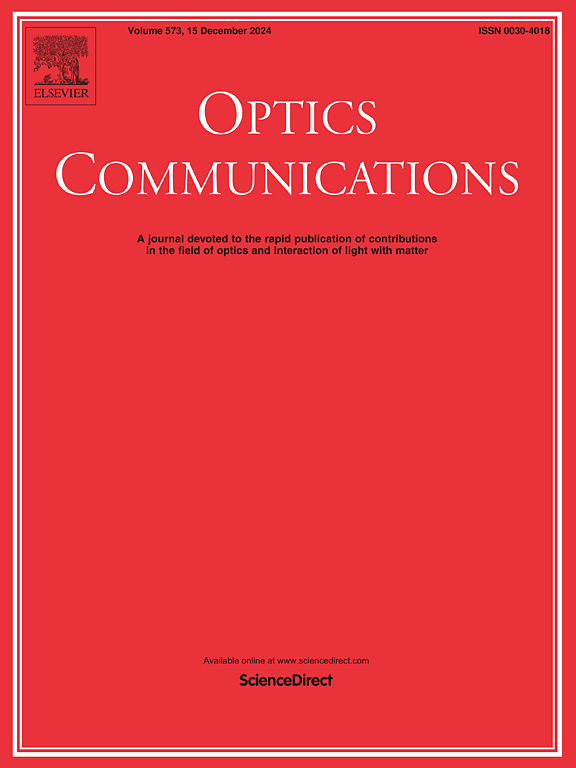Rare-earth doped Bi4Ge3O12 crystals: Advances in growth techniques and luminescence properties for laser applications
IF 2.2
3区 物理与天体物理
Q2 OPTICS
引用次数: 0
Abstract
Trivalent rare-earth (RE) ion-doped Bi4Ge3O12 (BGO) crystals exhibit exceptional potentialities for laser applications owing to their favorable emission characteristics, superior optical/thermo-mechanical properties, and non-hygroscopic nature. This review systematically summarizes recent progresses in the growth techniques and luminescence properties of RE3+ (Nd3+, Er3+, Tm3+, Ho3+, Pr3+)-doped BGO crystals. We critically analyze four dominant growth techniquess, such as Czochralski, Micro-pulling-down (μ-PD), Floating zone, and Bridgman-Stockbarger, thus highlighting their suitability for achieving high-quality single crystals. Detailed spectroscopic investigations reveal that Nd3+-doped BGO leads to efficient continuous-wave lasing at 1064 nm, while Pr3+ and Er3+ co-dopings enable multi-wavelength emissions spanning visible to mid-infrared regions. Challenges in suppressing non-radiative transitions and optimizing dopant concentrations for laser performance are discussed, providing a roadmap for future research in advanced optoelectronic devices.
求助全文
约1分钟内获得全文
求助全文
来源期刊

Optics Communications
物理-光学
CiteScore
5.10
自引率
8.30%
发文量
681
审稿时长
38 days
期刊介绍:
Optics Communications invites original and timely contributions containing new results in various fields of optics and photonics. The journal considers theoretical and experimental research in areas ranging from the fundamental properties of light to technological applications. Topics covered include classical and quantum optics, optical physics and light-matter interactions, lasers, imaging, guided-wave optics and optical information processing. Manuscripts should offer clear evidence of novelty and significance. Papers concentrating on mathematical and computational issues, with limited connection to optics, are not suitable for publication in the Journal. Similarly, small technical advances, or papers concerned only with engineering applications or issues of materials science fall outside the journal scope.
 求助内容:
求助内容: 应助结果提醒方式:
应助结果提醒方式:


